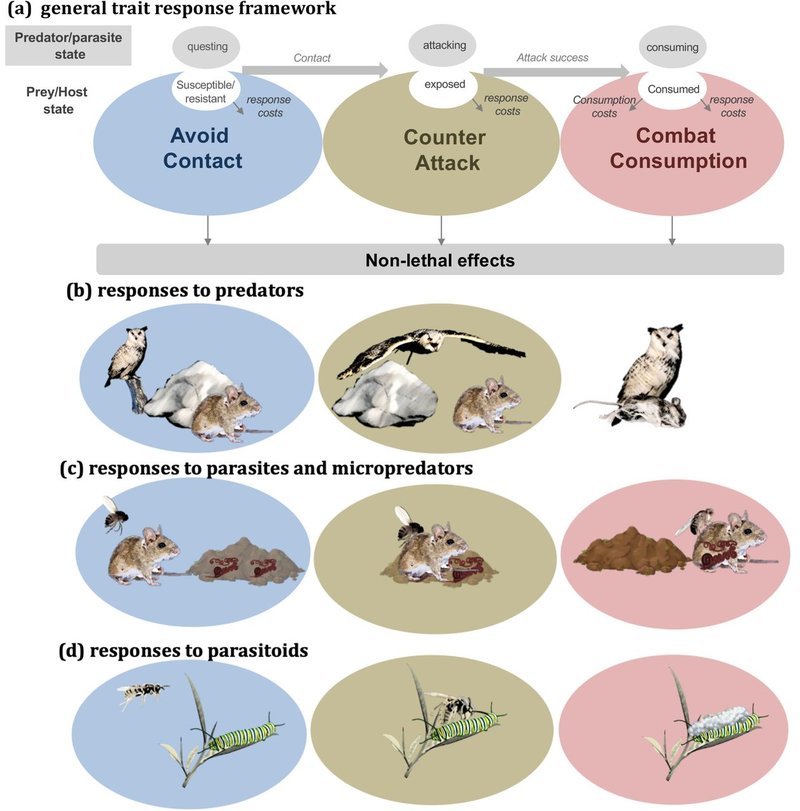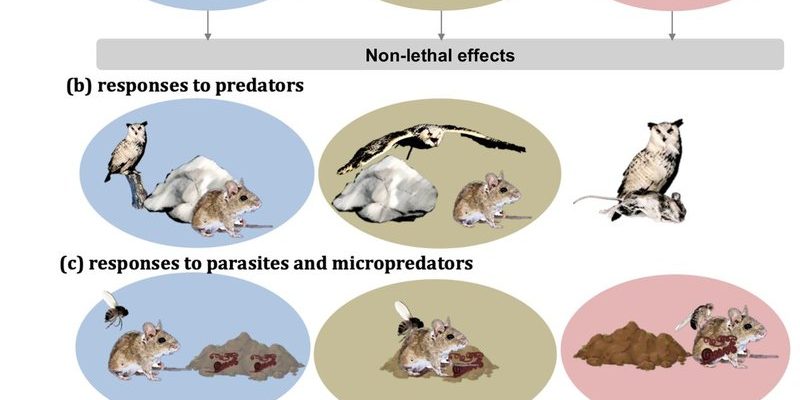
Think of microworms as the underdogs of the microbe world. They seem small and harmless, often found in moist soil or decaying matter. Yet, when it comes to balancing ecosystems, their role is anything but insignificant. Understanding the predators and environmental threats to these little creatures is essential for anyone interested in aquaculture, biology, or even gardening. So, grab your coffee, and let’s dive into the world of microworms.
Understanding Microworms: The Basics
Microworms belong to a group of tiny nematodes, often referred to as Caenorhabditis elegans. They thrive in moist environments and can be found in compost heaps, where they break down organic matter. These little organisms play a significant role in nutrient cycling, making them essential for soil health. Their life cycle is rapid, so their populations can grow quickly given the right conditions.
One of the reasons microworms are so popular in aquaculture is their nutritional value. They are packed with proteins and fats, making them ideal food for baby fish and other small aquatic animals. If you ever tried breeding fish, you know that having a reliable live food source is critical for the success of your young brood. This is where microworms shine brightly.
However, microworms are more than just fish food. They can also serve as a bioindicator for soil health. Their presence often signifies a thriving ecosystem, while their absence can point to underlying issues.
Common Predators of Microworms
Just like any other small creature, microworms have their fair share of predators. These include larger nematodes, insects, and even some small amphibians. Each of these predators targets microworms for nourishment, creating a constant battle for survival.
One of the most significant threats comes from larger nematodes, which prey on microworms in the soil. They are like the big fish in a small pond, munching on the smaller fry. If you’re not mindful of soil balance, these predators can multiply and decimate microworm populations.
Insects, particularly larvae, also pose a threat. Think of them as opportunistic eaters, always on the lookout for their next meal. They may find microworms while rummaging through moist soil or through organic matter. Their impact can be devastating if not managed.
Environmental Threats to Microworm Populations
Environmental conditions play a vital role in the survival of microworms. Factors like temperature, moisture levels, and pH balance can make or break these tiny nematodes. For instance, microworms thrive in moist conditions. If your soil dries out, you might find that their populations dwindle significantly.
Temperature is another critical factor. Microworms generally prefer a range of about 60 to 80 degrees Fahrenheit. Extreme heat can stress their populations, while cold temperatures can slow their growth or even kill them off. Maintaining an optimal environment is crucial if you’re looking to cultivate these organisms.
Lastly, pH levels greatly influence microworm survival. A pH that is too acidic or too alkaline can create an inhospitable environment for them. Testing your soil regularly can help ensure that it remains within the ideal pH range for microworms.
The Role of Soil Health
Healthy soil is the lifeblood for microworms. Think of it like a well-balanced diet—if the soil is rich in organic matter, microworm populations will flourish. Healthy soil provides them with the nutrients they need to thrive and reproduce.
On the flip side, soil contaminants such as pesticides or chemical fertilizers can harm microworms. These substances can create a toxic environment, putting their populations at risk. If you’re gardening or managing soil for any reason, it’s essential to consider the impact of these chemicals.
Adding organic matter, like compost or worm castings, can improve soil health dramatically. This not only benefits microworms but also helps the larger plants and organisms in your garden or ecosystem.
Strategies for Protecting Microworm Populations
If you want to safeguard your microworm populations, a few simple strategies can make a big difference. First, improving soil health is critical. You can do this by adding organic materials and practicing crop rotation.
Next, monitor soil moisture levels. Using a moisture meter can help you keep track of how damp your soil is. Ensuring that your soil stays moist but not soggy is key for microworm survival.
Finally, consider biological pest control. Instead of harsh chemicals, introduce natural predators that will keep harmful insects at bay without damaging the microworms.
The Importance of Biodiversity
Biodiversity plays an essential role in the survival of microworm populations. When multiple species coexist, they help regulate each other’s numbers. For example, introducing a wider range of beneficial microbes can help keep harmful predators in check.
Additionally, a varied ecosystem supports a better balance of nutrients and organisms. This means that microworms have a thriving environment, reducing the risks posed by both predators and environmental changes. Promoting biodiversity isn’t just good for microworms; it benefits the entire ecosystem.
Understanding the threats to microworm populations is crucial for both ecological balance and aquaculture efforts. From common predators like larger nematodes and larvae to environmental factors like moisture and pH, several elements can impact these tiny but mighty organisms. By focusing on soil health, biodiversity, and monitoring environmental conditions, we can help ensure that microworms continue to thrive.
So next time you see these little guys wriggling in the soil, remember—they’re not just food for your fish; they are essential players in the ecological drama, facing challenges that require our support and understanding.

